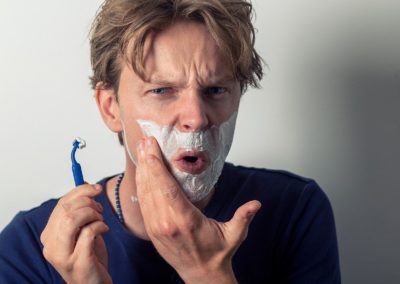Different Types Of Curly Hair: Working Out Your Curl Type

written by nail expert Jess Rowley
Topics we've covered
Different Types Of Curly Hair: Working Out Your Curl Type
Have you always noticed your hair being that little bit on the frizzy side no matter what hairstyle you do? This may be a strong indication that you have curly hair.
Curly hair is far from “one size fits all” with a whole range of curl types from loose wavy hair to coily hair and everything that falls in-between; there is a good chance you’re on that scale (unless you have dead straight hair, of course).
I’m here to help you find your curl pattern to help establish the right curly girl routine for you.
Understanding your curl type is the essential way to work out which products to use in your routine and techniques to use to keep your curls hydrated, defined, healthy, and frizz-free.
With curly hair, the natural oils from your scalp don’t travel down the hair strand as effectively as straight hair, leaving the ends dry and brittle. We want to hydrate and moisturize the ends with curly hair, which helps tackle our first battle– frizz.
But don’t worry. It’s as simple as finding the right products that work for your hair type.
To make things easier for you, I am here to break down every curl pattern, including a guide to working out your curl type and establishing your curly girl routine.
Let’s get started!
The Different Curly Hair Types:
Curly hair is often categorized into three different types: type 2 (wavy hair), type 3 (curly hair) and type 4 (kinky and coily hair).
Since using only 3 types is quite broad, these are then categorized into 3 further subtypes, A, B, and C based on the curl pattern, shape, and diameter.
Type As will have the loosest or wides curl pattern while type C will have the smallest, tightest curl pattern in that category.
Working out your curl type is brilliant and takes the hassle out of going to the salon, you can either go to a specialized salon for curls or look for one that caters to your curl type and needs.
While your curl pattern may mainly resemble one curl type, some girls also find that their curly hair is a combination of two or more curl types.
So you can use more hydrating products on the curlier areas to ensure your whole head is hydrated, especially if you have looser curls underneath and tighter curls on top
While 9 curl types are better than just three, it is still not a perfect fit for everyone, but working out a rough idea of what your curl type is will make the world of difference for working out what product is best.
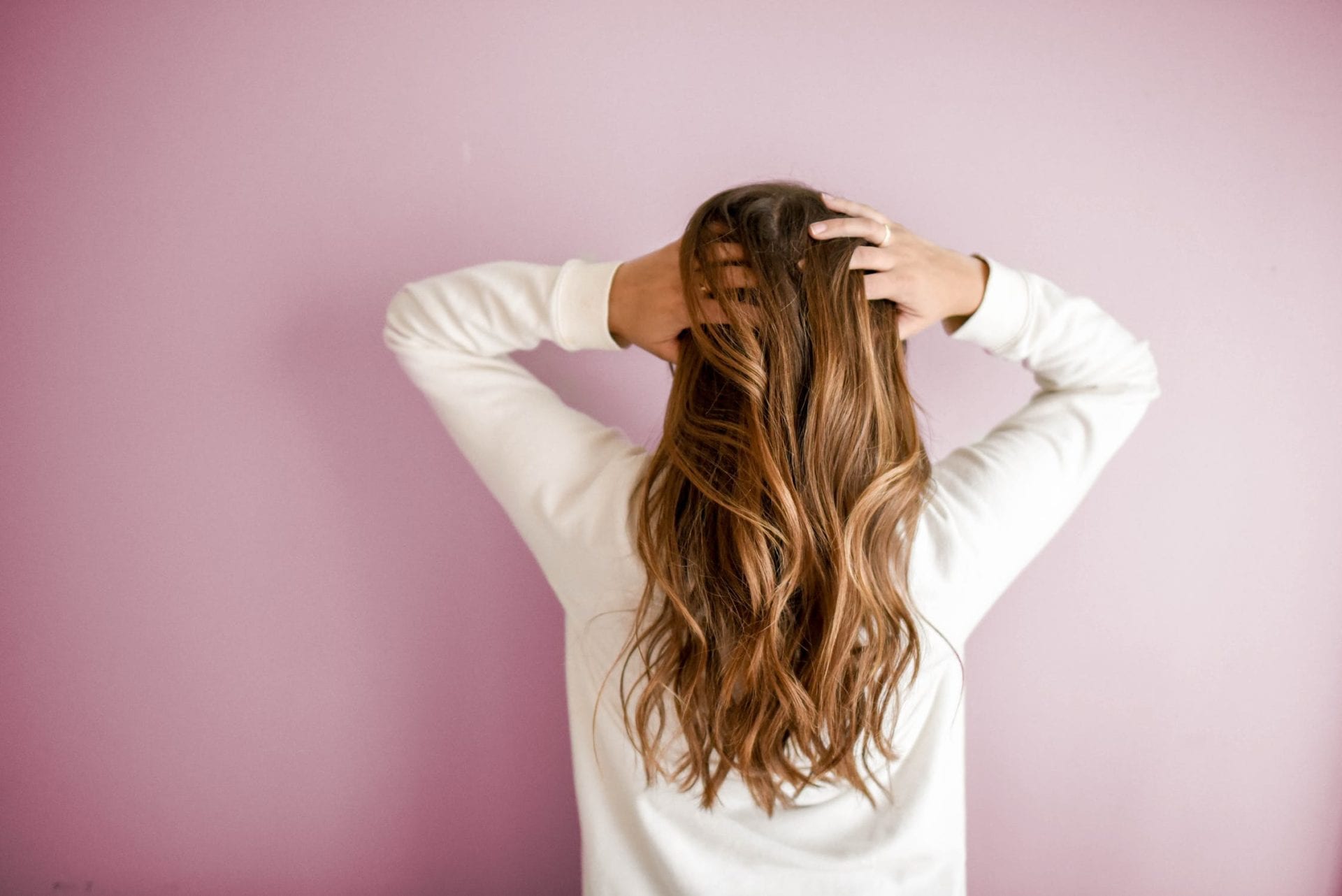
Type 2 Curls:
Type 2 hair is also known as wavy hair; it can range from loose, relaxed beach waves to s waves that almost resemble a full curl.
Wavy hair usually lies flat around the roots, and as it gets further down the hair cuticle, it turns into waves.
Some wavy-haired girls often think that they have straight hair, but they discover that they actually have waves with the right routine.
It is often the easiest curl to care for as it is typically not too oily or dry. However, it can be weighed down by heavy curl creams, so using lightweight products is recommended.
I would recommend investing in a lightweight leave-in conditioner, airy spray, and volume-boosting mousse or foam.
Caring for 2A hair:
2A hair is defined as loose and even ‘lazy waves.’ 2a hair is the loosest curl type, but this doesn’t mean it doesn’t come with challenges.
The biggest thing you’ll find with 2A hair is that it is prone to frizz and, in some cases, ‘matting.’ The round brush will be your best friend for helping frizz, paired with the right heat protectant.
You can easily straighten this curly hair type and boost up the curls with some good ol’ sea salt spray for effortless beach waves.
I would reccomend using a curl-enhancing shampoo, curl-enhancing leave-in conditioner, curl-defining gel, and curl reviving tonic for any touchups. I would also do a deep conditioning treatment every 3-4 weeks.
Caring for 2B hair:
Type 2b waves have slightly more texture and movement than type 2a; you need to control your curl a bit more to prevent it from getting voluminous and wild.
You can seriously rock beach waves with this hair type; these loose curls feature more S pattern. However, they can be more prone to frizz without the right styling products.
I recommend investing in a heavier styling product such as a texture cream or gel, which helps weigh down your unruly locks.
Twisting small sections into tendrils and let them completely dry before running your fingers through to break apart and shape the wave. I would reccomend deep conditioning every 2 weeks.
You should use the same products for 2A, but instead of just using a curl reviving tonic for touchups, I would also invest in a fortifying curl lotion or shining curl oil.
Caring for 2C hair:
My 2c girls can have a lot of fun with their curls; these types of curls are what most people try to achieve through curling their hair, so if you’re lucky enough to have this curl type, embrace it!
However, without the right products or tools for the job, it can be quite a tough challenge to achieve. You should use heavy gels and shine serums when defining these kinky curls.
I would also reccomend you invest in a diffuser and use it in a cool setting, gently lifting the hair at the root and scrunching it down the shaft as you dry it.
Humidity is not your best friend though, with type 2 hair, you’re prone to frizz, so you need to be sure you’re nourishing your hair with lots of hydration and regularly using a deep conditioner so your ends don’t dry out.
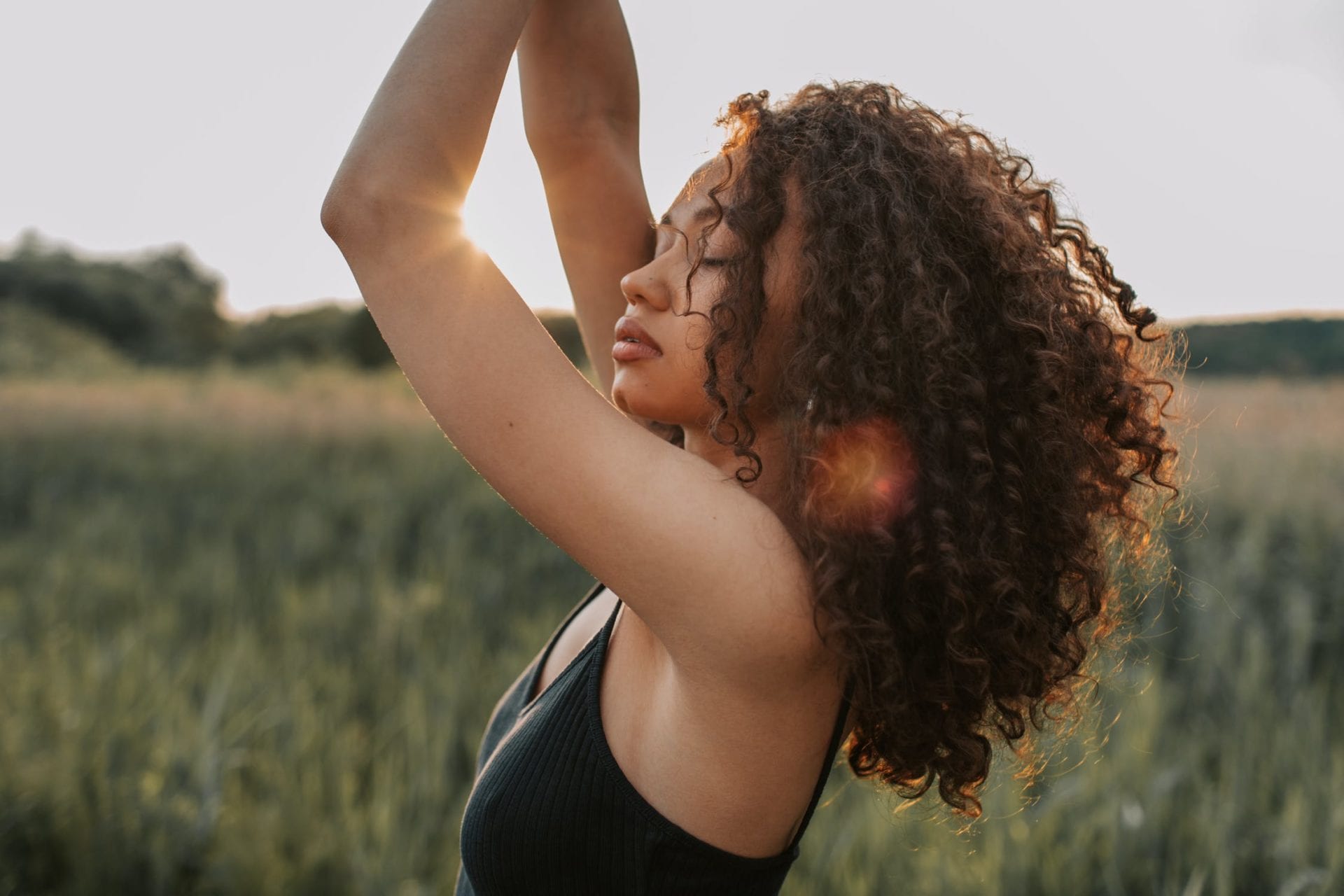
Type 3 Curls
Suppose your hair is more like ringlets, then it is most likely that your hair lies within the type 3 bracket. These types of curls can range from loose loops to tight and springy corkscrew curls.
The curlier your curls are, the harder it is for your natural oils to travel down from the roots, making type 3 hair more prone to frizz and loss of curl definition if not cared for properly.
Hydrating type 3 natural hair is super important, such as co-washing your hair and applying a deep conditioning mask throughout the hair to keep the hair moisturized and hydrated.
You’ll want to find the right balance, some moisturizers, conditioners, and styling products may be too heavy on your hair if you have low porosity but may not be enough if you have high porosity hair.
You should go for a lightweight sulfate-free, curly shampoo and conditioner if you have low porosity hair to smooth the hair rather than weigh it down.
Type 3 curls tend to get frizzier because the curls are in between a tight spiral and loose wave, so be sure to focus your efforts on moisture and investing in the right gel based on your hair’s porosity.
Caring for type 3A curls:
When caring for 3A curls, your hair is just out of the wavy type and starting to look more curly. Frizz is not your friend and brushing your hair while dry is a no-go.
3A curls are large and loose; they tend to be the size of a flat marker; this hair type is often very reactive to humidity but doesn’t have too much shrinkage.
Instead, brush your hair while wet and twirl each section to define your curls with your choice of styling cream or gel. This will help keep frizz at bay and really define those curls.
If you notice your hair is getting frizzy or losing oomph, I will reccomend purchasing a curl refresher to give it the little boost it needs. You’ll want to use products that boost your hair without weighing it down.
Caring for type 3B hair:
Type 3B curls are known for their springy ringlets, almost as tight as a sharpie marker. As the curls get tighter, the texture tends to get dryer as your hair struggles to distribute natural oils from the scalp to the ends.
They feature much more shrinkage, usually around one to two inches; hydration of this hair type is super important as it tends to get very dry.
I would recommend using a medium-weight curl cream to define the curl, weigh it down slightly but not too much.
I would reccomend using styling gels with humectants to attract moisture and retain moisture on the strands of your hair; apply while your hair is wet, so you get defined curls without the frizz.
Caring for type 3C hair:
3c curls are almost like tight corkscrews; they can range from the size of a straw to a pencil; they offer natural volume as the curls are densely packed together.
Frizz again is common; I would reccomend going for a sulfate-free, creamy cleanser to renourish the ends and help tackle frizz. This hair type is also more prone to breakage if not adequately hydrated.
Using a curling mousse over a styling cream when the hair is soaking wet also helps curls clump together and dry faster, leaving them looking defined.

Type 4 Curls:
Type 4 coily hair is considered kinky hair or coily hair; these are the tightest curls on the spectrum and feature either an ultra-tight zig-zag pattern or tight s-shaped curls.
These curls are also called z-shaped curls because of this zig-zag-like pattern as they don’t tend to wrap around themselves as ringlets do.
Type 4 curls are beautiful, but they’re most prone to dryness. The natural oils from your scalp struggle to travel down every coil on your hair shaft, making it prone to dryness, breakage, and frizz.
They’re also more prone to shrinkage; some tightly coiled hair will shrink up to 75% of the hair’s actual length– that’s insane!
Because these hair types are so textured, it also means that this hair type is the driest and most fragile out of all the curl types. Heavier, intensely hydrating styling products are a must for type 4 hair.
You’ll need to have a trusty deep conditioner and hydrating gel to style this hair texture; it will help lock in moisture and definition and help identify your curl instead of it looking like an afro-like mess.
Instead of using a sulfate-free shampoo, I would strongly recommend you use a co-wash instead, as this will provide your hair with the hydration it needs and moisture it needs on the ends as some sulfate-free shampoos can still be drying.
Caring for type 4A hair:
People with type 4A hair tend to have dense, springy, S-patterned coils in the same circumference as a crochet needle or toothpick.
Most people with type 4a hair will also feature well-defined type 3c curls because they are quite similar textures and shape.
A good curling cream and leave in the moisturizer will be your best friend for revitalizing dry strands and hydrating the ends of your curls.
Hydrating hair oils and curl gels will help give this coily curly type shape and texture and help hydrate exceptionally dry hair.
Caring for type 4B hair:
Type 4B curls are densely packed and blend in sharp angles like the letter Z; using nourishing water and hydrating cream before styling this type of hair will leave it looking hydrated and will define these curls.
This hair texture is quite fragile and often struggles to maintain moisture because it often has a high porosity. Hydrating this coily texture is absolutely key to healthy curls.
Coconut oil is also ideal for this type of hair as it makes it appear thicker, plus it helps stretch out coils and clump them together for texture definition.
Caring for type 4C curls:
4C is the curlest hair type you’ll find, it has a similar texture to 4B hair, but the coiled strands are much more fragile; they have a tiny, tight zig-zag pattern down the hair.
It is the kinkiest, most coily hair type, and each curl pattern is so dense and fine that it can be hard to see individual strands without stretching each strand out.
When brushed out, you’ll notice girls with this hair type to have beautiful afro-like curls and other natural hairstyles!
Denser, super hydrating products should be used daily to replenish moisture and hydrate hair strands.
I would recommend using a substantial amount of leave-in moisturizer such as SheaMoisture Red Palm Oil& Cocoa Butter Curl Stretch Pudding.
This will help maximize the length of the strands. Castor oil is also another brilliant hydrator for brittle and dry ends.

Summary:
Working out how to care for your hair based on your curl type will absolutely transform your curls. It helps you to choose your products based on what your hair needs.
The Curly Girly Method and caring for your curls, in general, is not black and white; the thickness of products and weight and hydrating ingredients will differ based on your hair type.
Us curly girls have constantly struggled with frizz and hydrating our hair, plus the constant question of “OMG, can I touch your hair??” if you have coily hair– NO, you cannot.
Embracing our natural hair can be a challenge, but this is a brilliant first step to learning how to care for your curls the right way.
Why not give it a go!
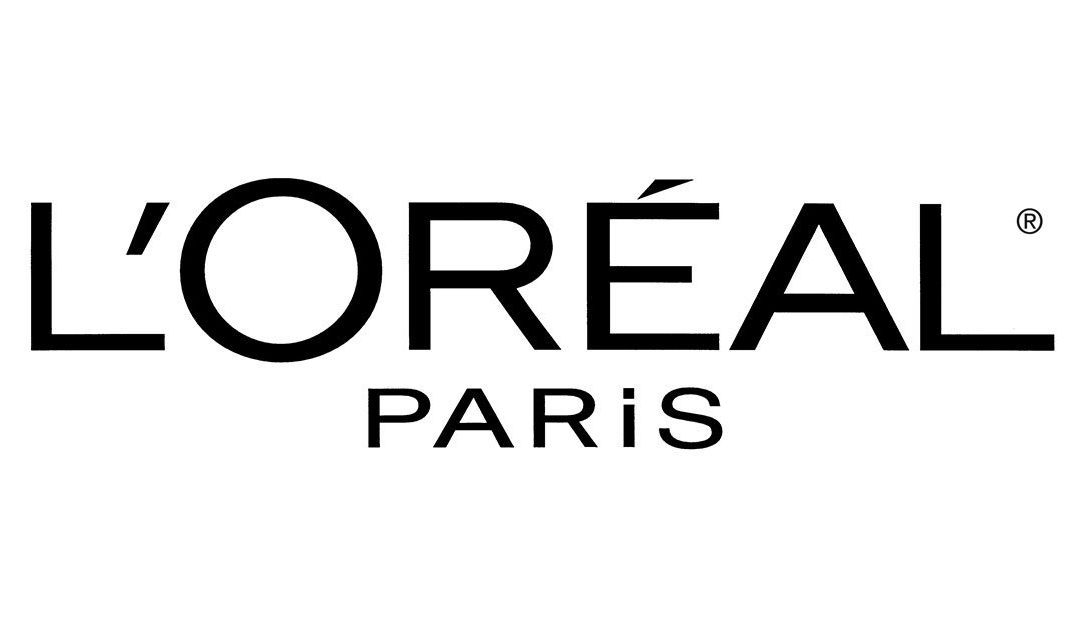
Best L’Oreal Products For Men
[Review] in 2022 written by nail expert Jess RowleyCheck out the results fast - here are our review winners[dica_divi_carousel item_width_tablet="400px" item_width_phone="345px"...

Best Neutrogena Skincare Products
[Review] in 2022 written by nail expert Jess RowleyCheck out the results fast - here are our review winners[dica_divi_carousel item_width_tablet="400px" item_width_phone="345px"...
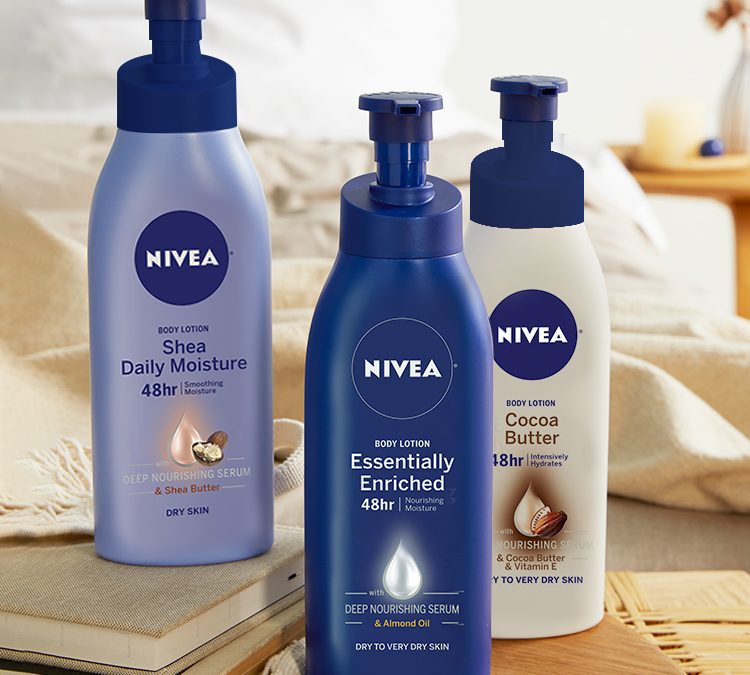
Best Nivea Products For Men
[Review] in 2022 written by nail expert Jess RowleyCheck out the results fast - here are our review winners[dica_divi_carousel item_width_tablet="400px" item_width_phone="345px"...
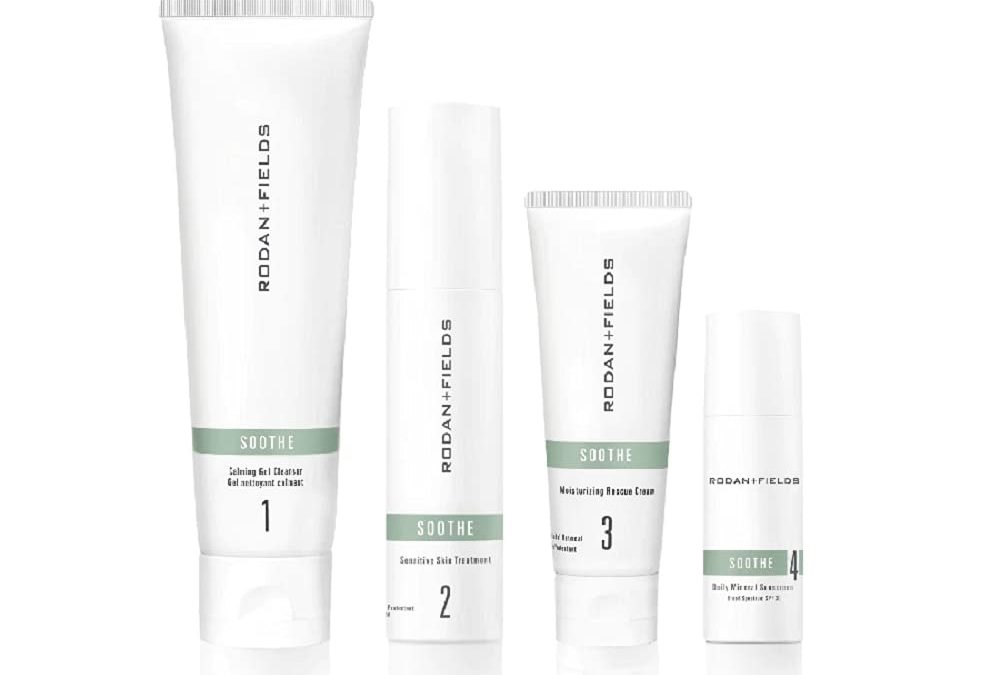
Best Rodan+ Fields Products
[Review] in 2022 written by nail expert Jess RowleyCheck out the results fast - here are our review winners[dica_divi_carousel item_width_tablet="400px" item_width_phone="345px"...
Related Post: Best Products For Curly Hair
